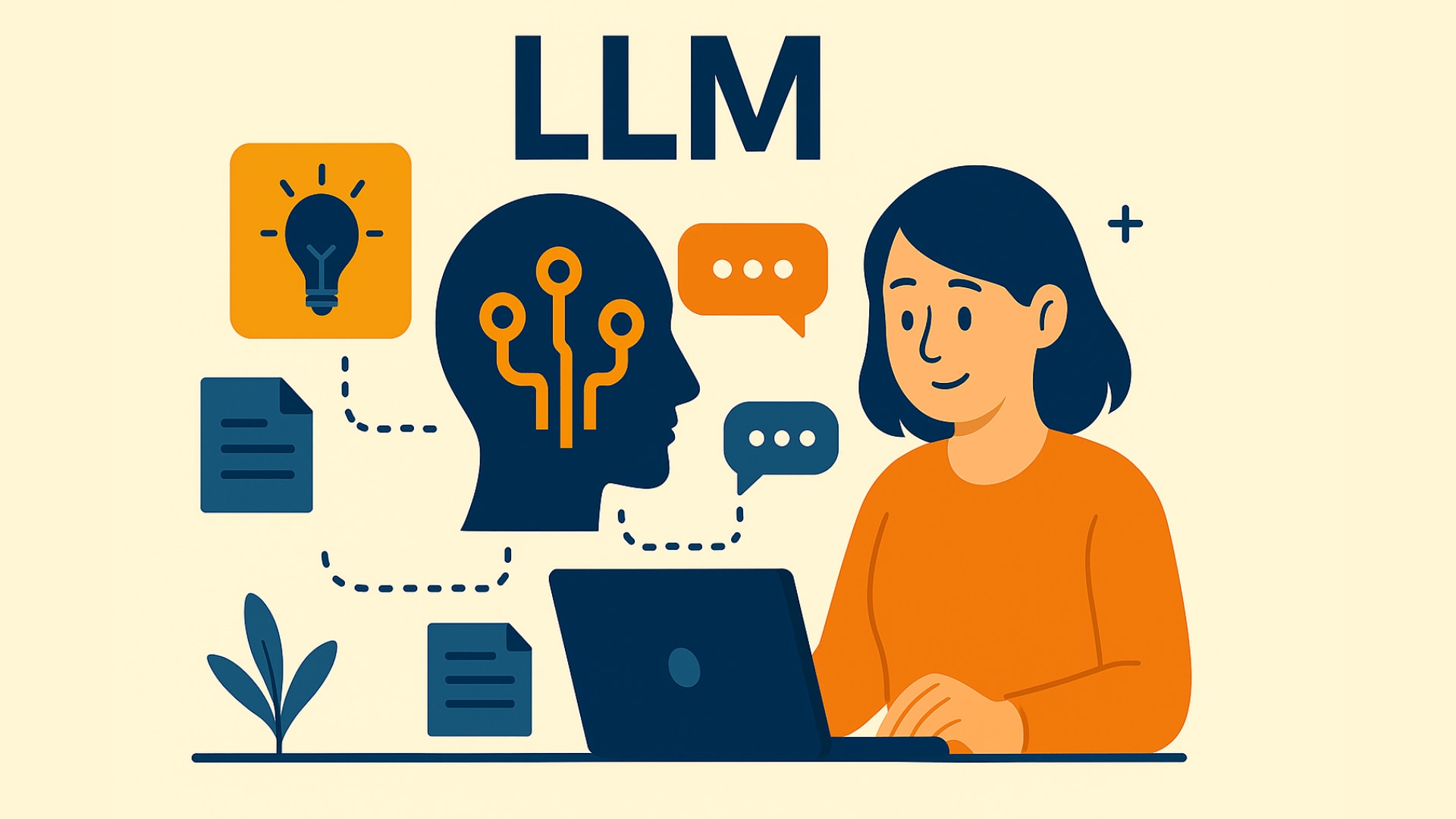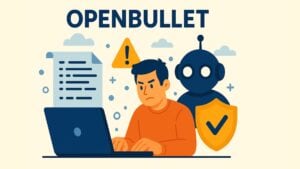
Imagine having a digital system that can read, write, and engage in conversation with language almost as naturally as a human. This is the power behind Large Language Models (LLMs). These advanced AI models are already reshaping how businesses handle content, streamline communication, and interact with their customers. Whether you’re managing web infrastructure, leading IT teams, or making strategic business decisions, knowing what LLMs are — and how they operate — has become essential.
At the heart of it, a Large Language Model is a sophisticated algorithm trained to understand and generate natural language. The term “large” refers to the immense amount of data these models are trained on — ranging from articles and books to code and online discussions. These models serve as a foundation for countless applications and can be customized for specific tasks through fine-tuning, making them versatile tools across industries.
Table of contents
How Large Language Models Work
LLMs function based on deep learning and transformer architecture, enabling them to evaluate how words and phrases relate to one another in a sentence. This structure helps the model understand meaning and produce coherent, context-aware responses.
The process begins by breaking down large datasets into smaller units called tokens, allowing the model to process information more efficiently. Through pre-training, the LLM learns patterns and structures by predicting what comes next in a sequence of words. Later, in the fine-tuning stage, the model is trained on specific datasets to sharpen its performance in targeted use cases. This makes it particularly effective for industry-specific communication, such as legal compliance or technical support.
After training, the model is ready for real-time applications — capable of answering queries, drafting content, summarizing documents, and more.
Business Applications of LLMs
Thanks to their adaptability, LLMs are making a tangible difference across a range of industries. In customer service, they power conversational agents capable of delivering meaningful, context-aware interactions. Marketers benefit from their ability to generate product descriptions, blog content, and ad copy efficiently.
Software development teams use them to auto-generate and debug code, accelerating workflows. Meanwhile, legal and HR departments rely on LLMs to review documents and distill complex regulations into digestible summaries. Retailers see improvements in search functionality, as these models interpret natural-language queries with greater precision. In finance and healthcare, LLMs streamline documentation and assist in informed decision-making.
Technologies like OpenAI’s GPT-4, Google’s Bard, Meta’s LLaMA, and Microsoft’s Copilot illustrate the growing ecosystem of LLM-powered tools now available for professional use.
LLM Strengths and Limitations
The biggest strength of LLMs lies in their flexibility. Unlike traditional systems that rely on hard-coded logic, LLMs can interpret and generate language in unpredictable contexts. This makes them valuable for automating diverse tasks without the need for multiple niche models.
That said, challenges persist. LLMs can sometimes produce content that appears accurate but is factually incorrect—a phenomenon known as hallucination. Human supervision remains crucial, especially in sensitive environments.
Bias in training data can also surface in model outputs, meaning companies need strategies to identify and reduce unintended bias. Additionally, security is a growing concern. Businesses must avoid feeding LLMs with confidential data, as the systems are not inherently designed to safeguard sensitive information.
Infrastructure and Deployment for LLMs
Training and running LLMs requires high-performance computing infrastructure, often involving GPUs and distributed systems. This can lead to significant energy consumption and cost, prompting businesses to consider cloud-based APIs or pre-trained models to reduce complexity.
Fortunately, lightweight models and optimization techniques — such as quantization or edge deployment — are making LLMs more accessible to smaller organizations. Managed AI services now offer scalable ways to integrate these tools without the overhead of building them from scratch.
Future Trends and Ethical Considerations
LLMs are advancing rapidly, with developments pointing toward multimodal AI — systems that understand text, images, audio, and video together. This could transform industries like education, entertainment, and accessibility.
Technologies such as Retrieval-Augmented Generation (RAG) are helping improve accuracy by enabling models to fetch real-time data from verified sources. Meanwhile, policy discussions around responsible AI use are gaining momentum. Concepts like transparency, accountability, and explainability are no longer optional — they are becoming industry expectations.
Businesses must stay informed and agile, leveraging AI’s benefits while addressing ethical and operational risks.
Conclusion
Large Language Models are redefining how we generate content, automate communication, and streamline business processes. Their impact spans industries, promising efficiency and innovation — but also demanding careful implementation.
At captcha.eu, we’re dedicated to securing online platforms against automated abuse. Our GDPR-compliant CAPTCHA solution helps businesses distinguish between human users and bots, offering protection in an AI-powered digital world. As LLMs become increasingly integrated into everyday applications, strong user verification becomes more important than ever.
FAQ – Frequently Asked Questions
What is a Large Language Model (LLM)?
A Large Language Model is a type of artificial intelligence trained on vast amounts of text data. It can understand, generate, and manipulate human language for tasks like answering questions, writing content, summarizing text, or translating languages.
How does a Large Language Model work?
LLMs use deep learning and transformer architectures to process language. They learn patterns and context by predicting the next word in a sequence during training, then generate or analyze text based on that training.
What are common applications of LLMs in business?
Businesses use LLMs for customer support, content creation, code generation, data summarization, sentiment analysis, and even compliance checks. They automate language tasks and improve productivity.
What are the risks of using LLMs?
LLMs can sometimes generate inaccurate information (“hallucinations”) or reflect biases found in training data. There are also data privacy and security concerns if sensitive information is handled without safeguards.
How does captcha.eu relate to LLM technology?
While captcha.eu doesn’t build LLMs, our GDPR-compliant CAPTCHA solutions help protect websites from automated bots. As LLM-driven tools become more common, verifying real human users becomes even more critical for online security.
100 free requests
You have the opportunity to test and try our product with 100 free requests.
If you have any questions
Contact us
Our support team is available to assist you.




